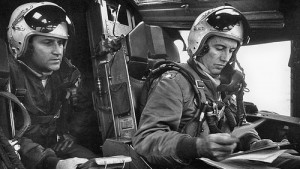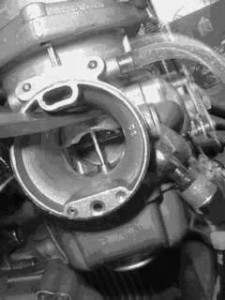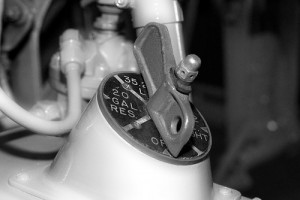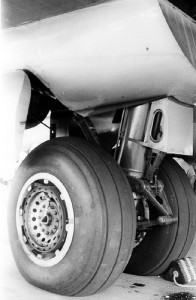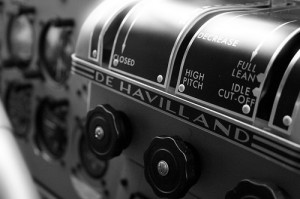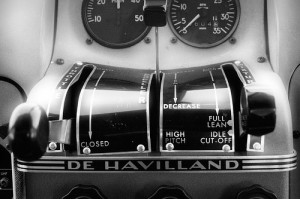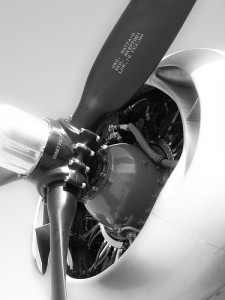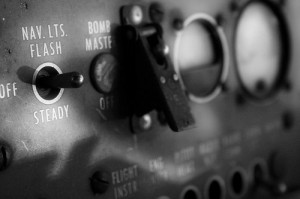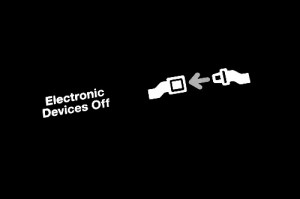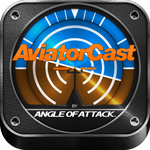Read Time=4 Minutes
Carburetor Heat, Gas, Undercarriage, Mixture, Power/Prop, Seatbelts/Switches.
This is your pre-landing checklist. This is used primarily for a general aviation aircraft. We’ll now go over what the different items are, and end with some final notes on why these things are important.
C
Carburetor Heat
Carb Heat for short, this insures that any ice buildup in the carburetor is burned off before landing. I’m really not sure if anyone has modeled this particular issue in flightsim or not, but if you have carb ice and you introduce heat into the carburetor, the engine will sputter a bit. The worse it chokes and sputters, the worse the carb ice you have. We could discuss carb ice in and of itself forever, so just go HERE if you want to learn more about it. For now, just know that this is part of your landing checklist.
G
Gas
This one is important! Generally you want to keep the aircraft in a ‘both’ fuel configuration when flying. But say you have a right and left tank, like the aircraft I fly, and you have to manually switch between the two. At this time it is important to check that your fuel selector is set on the tank with the most fuel.
U
Undercarriage
This is simply a fancy word for landing gear. If your gear are fixed on the aircraft, no worries! However, ALWAYS verbally say this part of the checklist. Too many people end up doing a gear up landing later on in their career if they miss this. So, if your gear are fixed say, “Undercarriage-Fixed”. Remember also that this part of the checklist isn’t just about pulling the gear lever down. You’ve also got to check and confirm the lights and/or indications are correct, verifying the gear did in fact go down.
M
Mixture
Because we general aviation pilots still have to manually control our mixture, which is our air-to-fuel ratio, this means that upon landing we need to make sure that we are ‘rich’ enough. You see, when climbing, as the air gets thinner, less fuel is needed. When descending, because the air is ‘thickening’, we need to enrich the mixture as to introduce more fuel for the heavier air. Make sense?
P
Power/Prop/Pumps
Power
This one is up for debate, and really it just depends on that ‘pilot’ sense you have. You have to approach the airport at a pretty slow pace, and keep the environment familiar and routine, therefore power management is your best friend. One thing I want you to keep in mind aside from managing your power for what’s going on, is to realize that too much power adjustment is a sign that you really don’t know what’s going on.
Generally speaking to aircraft control, you place the control inputs you want, observe the result, decide what you have to do, and then control again to adjust; and the cycle continues. This is obviously much faster in thought process, but what I’m saying is to give the aircraft time to settle in to the new adjustment. Later on in your training you’ll know when large adjustments are needed immediately.
Prop
If your aircraft has an adjustable pitch prop, it’s important to keep it in the full power position, or as recommended by the POH (pilots operating handbook). This ensures that if you need to make any sudden power changes, the aircraft can respond quickly. Also, a pitch setting with a big bite also means that the aircraft will slow down better. Overall, with the prop at a high RPM setting, you get more control over the power situation.
Pumps
Sometimes fuel pumps are needed for landing and takeoff. If your aircraft requires this, this is part of the ‘P’ in this checklist.
S
Switches/Seatbelts/Security/Silence
Switches
Now it’s time for all the other ‘stuff’. Usually this means landing lights, and any other ‘switches’ needed.
Seatbelts
For landing, shoulder harnesses and seatbelts need to be on. Make sure your passengers are set too, Captain.
Security
For me, this mainly means cabin security. I’m not talking about a prisoner in the back. Rather, I’m talking about lose items or things that are distracting. Clean things up.
Silence
Shut up and fly. There isn’t much to be said at this stage in the flight, in a single pilot environment. A crew, believe it or not, is the same way. Say things that need to be said only, and make sure your passengers know to keep quiet as well. It’s better to have them get from A-to-B safe then to play Mr. Niceguy.
Closing Thoughts
Although the CGUMPS is a great checklist, it’s not perfect for every aircraft. Some aircraft don’t need carb heat (because they are fuel injected), don’t have pumps, have fixed gear, a fixed-pitch prop, and other differentiating qualities. Find out what works for your aircraft, and use this religiously. Within the airport area, you shouldn’t be doing heads down checklists anyway. This is where the majority of accidents happen and your head needs to be up, and your mind alert. That’s why the CGUMPS works so well, although you may not need each and every item on every aircraft.
30 seconds for a CGUMPS could mean the difference between life and death. Do you CGUMPS?
Please note: We reserve the right to delete comments that are snarky, offensive, or off-topic. If in doubt, read the Comments Policy.

